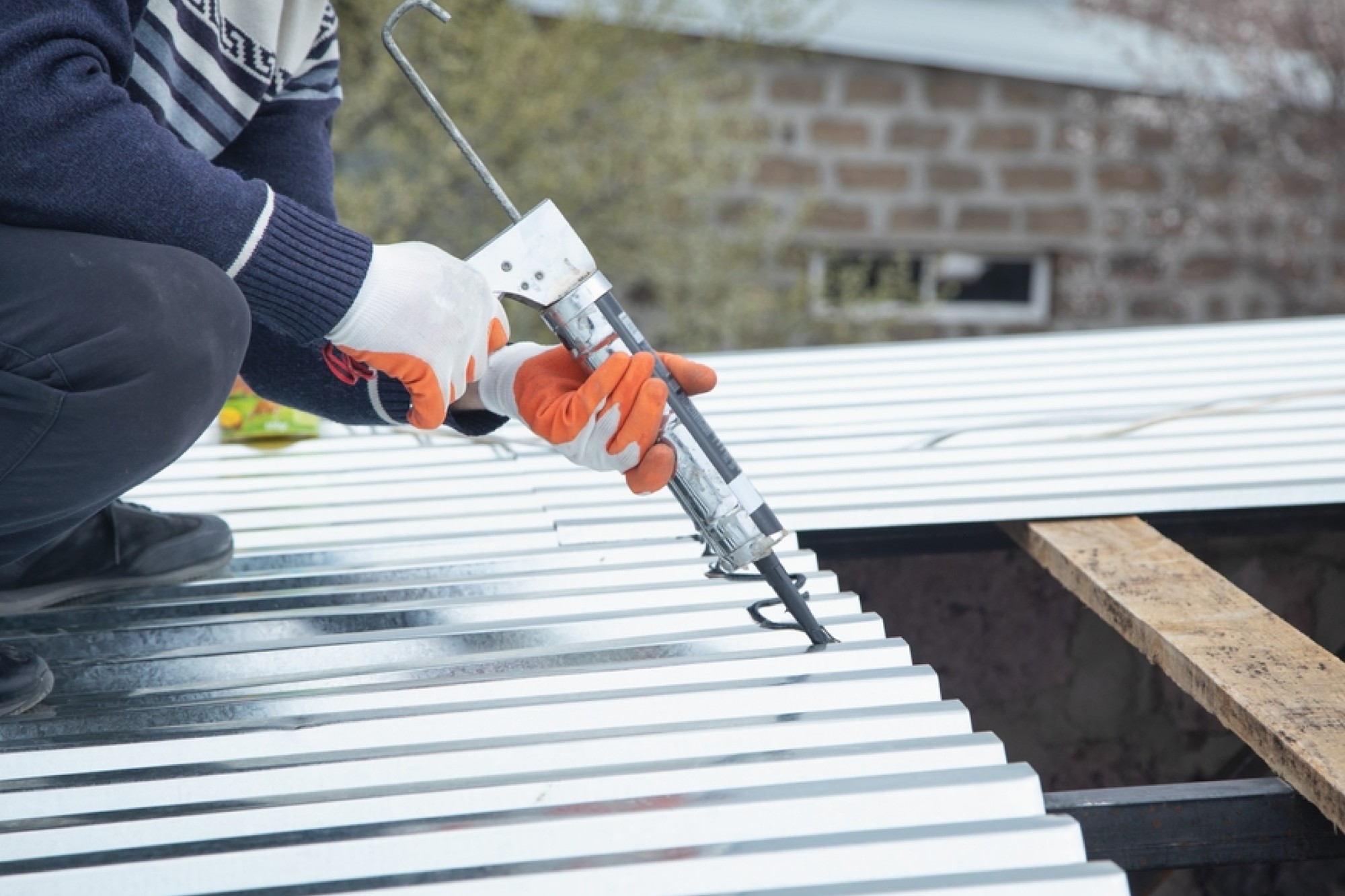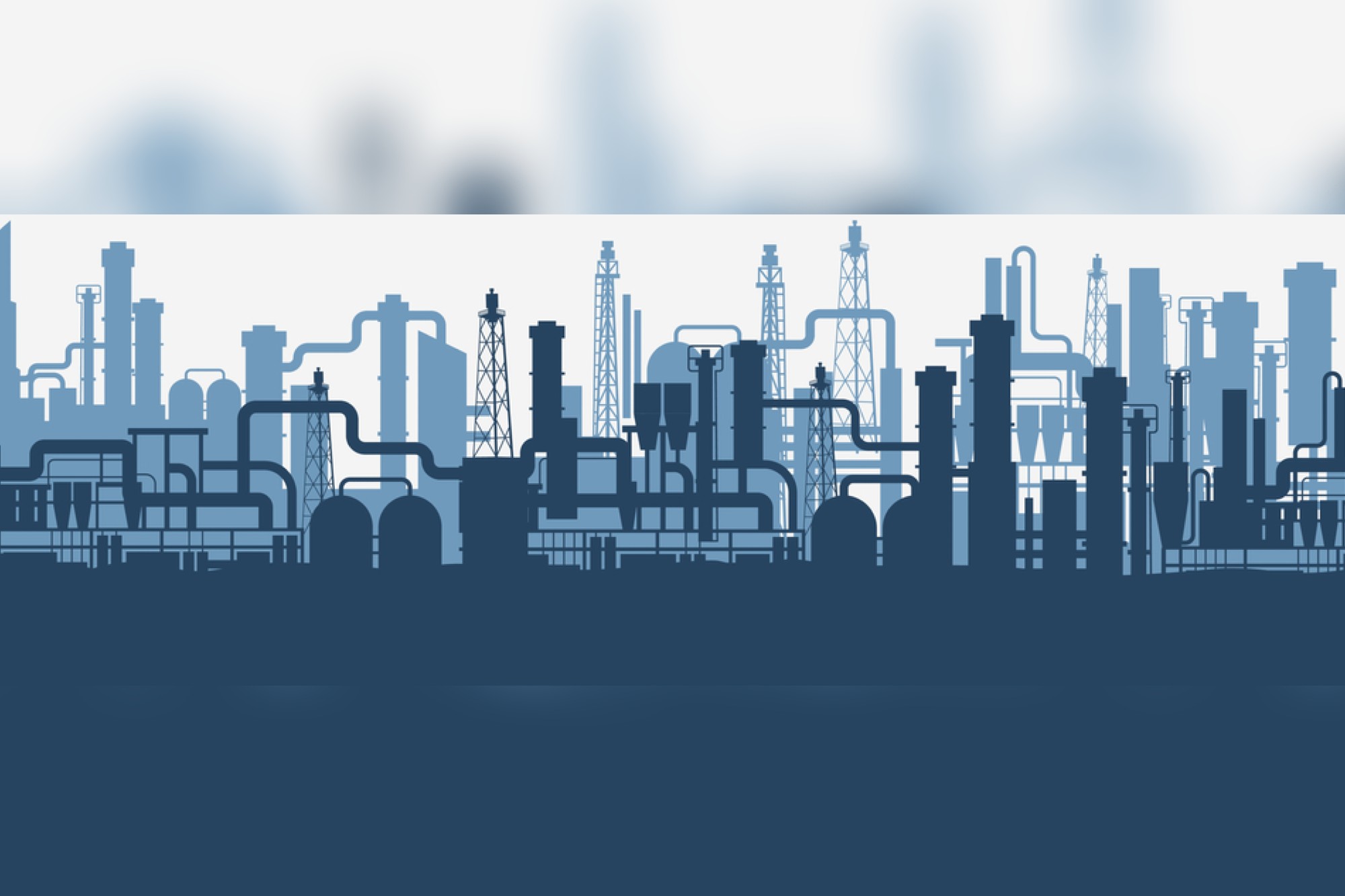Chemicals that make buildings strong and green
By Edit Team | February 18, 2014 1:01 pm SHARE

As the whole world is vying for ‘go green’, the importance of green building materials is skyrocketing
G rowth in construction activities has led to significant rise in demand for construction chemicals in the Indian market. Construction chemicals contribute to high quality and durability of any construction. Construction chemicals are widely used for waterproofing repairs, crack and expansion joint filers, bonding agents, tile adhesives, plasticisers, retarders, air-entraining compounds accelerators and others. Its application-related benefits have also contributed to the robust growth of the market.
Need of green building materials
“Today, the focus of construction industry is on eco-sustainability, green points and LEED ratings,” says Sunny Surlaker, Head – Admixtures Division, MC-Bauchemie (India) Pvt. Ltd. “Therefore, the need for green building materials and their energy-efficient performance is growing. With the efficient, correct usage of construction chemicals, the durability of the structure increases as well as reduces the repair, maintenance and negative carbon footprint associated with it.”
He also adds, “Construction chemicals focus on green coatings and energy-efficient coatings to protect structures and exterior insulation finishing system (EIFS). The need of course is great, only better awareness can increase it further.”
According to Upen Patel, Business Director – Construction Chemicals, BASF India, “Green building materials offer specific benefits to the building owner and building occupants. It reduces the maintenance and replacement costs over the life of the building, improves occupants’ health and productivity, and reduces costs associated with changing space configurations and greater in design flexibility.”
He also says, “There is a big focus across the globe on energy-efficient performance where the energy performance parameters have moved on to buildings apart from the traditional energy guzzlers like machinery, equipment, industry etc. On one hand, where the focus is on using the locally available materials for ease of procurement, minimised transportation, and easy reuse, efforts are also on to replace higher percentage of cement in concrete with fly-ash and slag by using concrete additives (admixtures). Development of new concrete additives could produce a stronger, more workable material whilst reducing the amount of cement required and CO2 emissions.”
Demand of construction chemicals
“The demand for construction chemicals in India is very positive and growing,” emphasises Mr Surlaker. “As per FICCI, the market size for construction chemicals has the potential to grow up to ` 5,000 crore over the next few years, if the industry promotes itself professionally and increases the level of awareness in the construction industry.”
He is also very optimistic the way the construction industry is progressing along with the focus on durability, sustainability and quality.
Shashi Suvarna, Business Head, Rossari Biotech Ltd., focuses more on awareness of construction chemicals which is relatively low in India as compared to the developed nations. He says, “Low awareness about the application and benefits of construction chemicals deters the development of the market. Further, lack of standards presents significant hindrance to the growth of the industry. Unskilled labour along with a price sensitive consumer base adversely affects market growth.”
“The Indian construction chemicals industry is a niche market at present and has strong growth potential in the future. Development and application of eco-friendly construction chemicals has emerged as a new trend in the market. Construction chemicals industry is witnessing a surge in demand from the Tier-2 and Tier-3 cities of India. Water- and cement-based construction chemicals are also gaining rapid popularity,” Mr Suvarna adds.
However, one of the main challenges for the developers is limited availability and the higher cost of green building materials. Although Mr Patel feels, “The situation is not so bad that one must source materials from other countries. There are enough low impact raw materials available in the local markets to construct highly efficient green buildings. India does not currently have a large numbers of green material manufacturers to create healthy competition, which would force the manufacturers provide better quality and value to customers.”
Availability of green building materials
The availability and path for a green construction is optimistic. Mr Patel feels, “Indian real estate and architectural firms have begun working on green buildings, which has seen an average growth of 45 per cent per annum over the past 5 years. The construction chemicals industry in India is already geared up to cater to the demand of green building materials.”
Cost-efficient
Green chemicals are cost efficient; however, its unit price maybe little higher. “The most criticized issue about constructing eco-friendly buildings is the price,” concerns Mr Suvarna. “Most green buildings cost a premium of 2 per cent but yield 10 times more over the entire life of building. The stigma is between the knowledge of up-front cost vs life-cycle cost. Green chemicals used in green building might initially cost a premium, but the life cycle is more; hence, the effective price may be far below conventional materials.”
Mr Surlaker also shares his concern about the cost-to-benefit ratio. He says, “It is important to notice the cost-to-benefit ratio of the material as opposed to only cost of the chemicals. It should be seen that concretes incorporating this material reduces execution time, eliminates need for coatings in certain conditions, and reduces costs of maintenance and energy costs over life of the structure.”
If the government takes the necessity steps with the right policies, the final cost will surely come down, drastically.
Cookie Consent
We use cookies to personalize your experience. By continuing to visit this website you agree to our Terms & Conditions, Privacy Policy and Cookie Policy.




































-20240213125207.png)

























